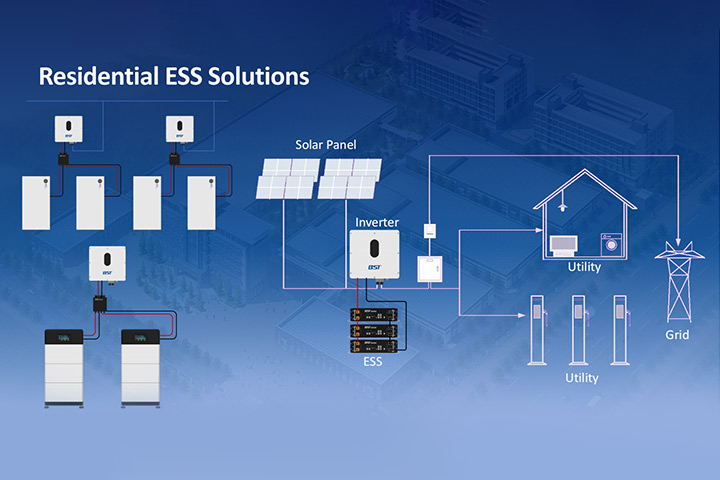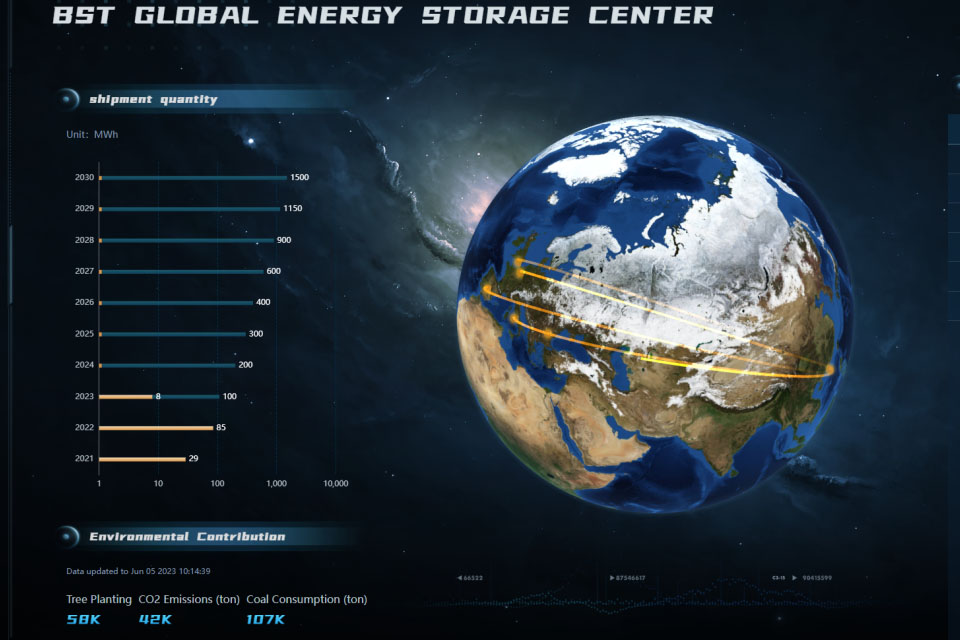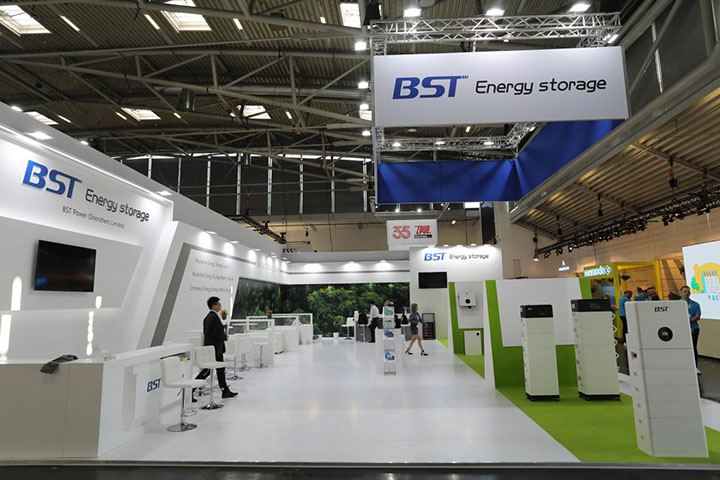When choosing a home battery system, most people focus on capacity, brand, or price. But there’s one factor that can make or break your investment — your climate.
Whether you live somewhere scorching hot, freezing cold, or constantly humid, your local weather has a direct impact on how your battery performs, how long it lasts, and how safe it is. Ignore climate, and you risk faster degradation, reduced efficiency, and higher maintenance costs.
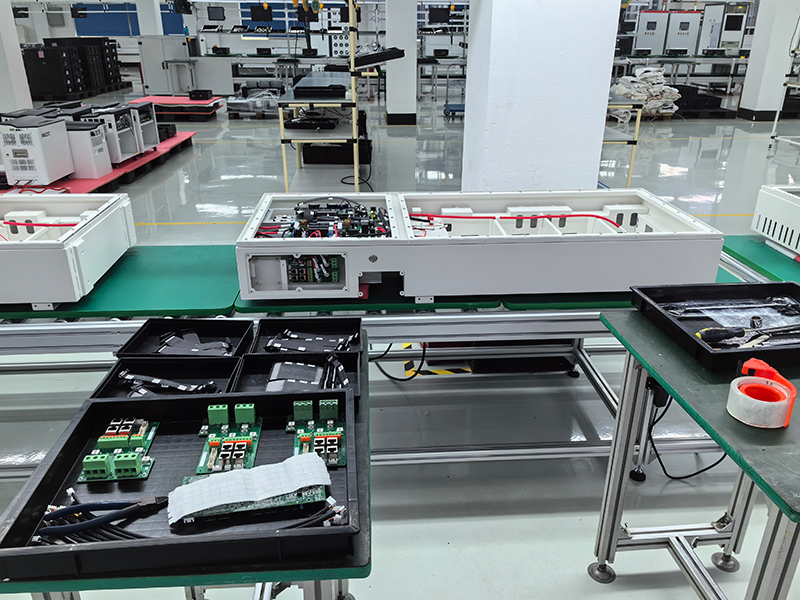
In this guide, we’ll walk you through how different climates affect batteries, why LiFePO₄ (Lithium Iron Phosphate) batteries are often the best all-round choice, and how to select and maintain the right system for your region.
1. Why Climate Should Be a Key Part of Your Battery Decision
Your home battery doesn’t live in a perfect laboratory environment — it has to handle real-world conditions. Temperature swings, humidity levels, and even salt in the air can affect:
- Performance – charging and discharging rates
- Safety – thermal stability and fire risk
- Longevity – how fast capacity fades over time
- Return on investment (ROI) – how much value you get from each cycle
The bottom line: matching your battery chemistry and design to your climate will save you money and headaches in the long run.
2. LiFePO₄ – The Most Climate-Friendly Battery Chemistry
While there are several types of batteries used in home energy storage — including NMC (Nickel Manganese Cobalt) and lead-acid — LiFePO₄ has emerged as a favorite for residential systems.
Here’s why:
- Exceptional Safety – Highly stable even at high temperatures, with a very low risk of thermal runaway.
- Long Cycle Life – Thousands of cycles without significant capacity loss, which means fewer replacements.
- Wide Temperature Tolerance – Performs well across different climates, especially when paired with proper thermal management.
- Eco-Friendlier – Uses iron and phosphate instead of cobalt, making it less toxic and more sustainable.
3. Climate-Specific Recommendations
A. Hot Climates (Tropical, Subtropical, or Hot Summers)
Common Challenges:
- High temperatures accelerate chemical reactions, leading to faster capacity fade.
- Risk of overheating or thermal runaway in certain battery types.
Why LiFePO₄ Wins Here:
- Naturally more heat-tolerant than NMC or lead-acid.
- Maintains stability even when ambient temperatures are high.
Tips for Hot Regions:
- Look for systems with passive or active cooling.
- Install in shaded, ventilated areas.
- If outdoor installation is necessary, choose a weatherproof, heat-insulated cabinet with at least IP65 protection.
B. Cold Climates (Northern Regions, Harsh Winters)
Common Challenges:
- Low temperatures reduce charging acceptance and efficiency.
- In extreme cold, batteries may refuse to charge to prevent damage.
LiFePO₄ in the Cold:
- Safe chemistry, but still needs preheating for optimal performance.
- With a built-in heating element, LFP batteries can charge and discharge efficiently even below freezing.
Tips for Cold Regions:
- Choose systems with self-heating or preheating modules.
- Prefer indoor installation to maintain stable temperatures.
- Oversize capacity slightly to account for reduced efficiency during winter.
C. Humid & Coastal Climates (High Moisture or Salt Exposure)
Common Challenges:
- Moisture can cause corrosion, short circuits, and seal degradation.
- Salt air near coasts accelerates metal corrosion.
Why LiFePO₄ Works Well Here:
- Often paired with fully sealed, high-IP enclosures.
- Resistant to moisture ingress when designed properly.
Tips for Humid Regions:
- Always choose at least IP65-rated enclosures.
- Opt for anti-corrosion materials like stainless steel or anodized aluminum.
- Check seals and connectors during routine maintenance.
4. Quick Comparison Table
| Climate Type | Main Challenge | LiFePO₄ (LFP) | NMC | Lead-Acid |
|---|---|---|---|---|
| Hot | Overheating, faster degradation | ★★★★★ | ★★★ | ★★ |
| Cold | Reduced charging efficiency | ★★★★ (with heating) | ★★★ | ★★ |
| Humid/Coastal | Corrosion, moisture ingress | ★★★★★ | ★★★ | ★★ |
| Cycle Life | Replacement frequency | ★★★★★ | ★★★ | ★★ |
5. Installation & Maintenance Checklist for Any Climate
- Ask Your Supplier:
- Operating temperature range
- Minimum charging temperature
- Whether it has self-heating or cooling functions
- Cabinet Protection:
- Outdoor systems: minimum IP65 rating
- For coastal areas: corrosion-resistant materials
- Thermal Management:
- Shade and ventilation for hot climates
- Heating options for cold climates
- Moisture Control:
- Sealed connections and drainage points in humid areas
- Regular Monitoring:
- Use a system with remote monitoring for temperature, state of charge (SOC), and error alerts
6. Why LiFePO₄ Often Offers the Best Long-Term Value
Even if the upfront cost is slightly higher, LiFePO₄’s longer lifespan and lower maintenance needs make it cheaper over time. With thousands of charge cycles, the cost per kWh stored drops significantly compared to other chemistries.
For homeowners in regions with extreme climates, that durability means fewer replacements, less downtime, and better energy independence.
7. Your Three-Step Climate-Based Selection Guide
- Hot & Sunny: Choose LFP + enhanced cooling and shaded installation.
- Cold & Snowy: Select LFP with preheating/self-heating capability.
- Humid or Coastal: Go for LFP in an IP65+ corrosion-resistant cabinet.
8. Final Thoughts
Climate isn’t just a background factor — it’s a major part of your home battery’s performance equation. By matching your system to your environment, you can extend its life, improve safety, and maximize your return on investment.
If you’re ready to find the right battery for your climate, talk to your supplier about:
- Temperature ranges
- IP protection
- Thermal management options
Choosing smart today means saving money — and avoiding headaches — for years to come.
About BST
With over 23 years of expertise in home energy storage manufacturing, BST is a trusted name in the global renewable energy industry. We specialize in LiFePO₄ battery systems that are engineered for maximum safety, long lifespan, and reliable performance — no matter your climate.
Our products undergo strict quality control, climate-specific testing, and are available with custom configurations to match hot, cold, or humid environments. From battery cells to complete storage solutions, BST provides a one-stop service for installers, distributors, and project developers worldwide.
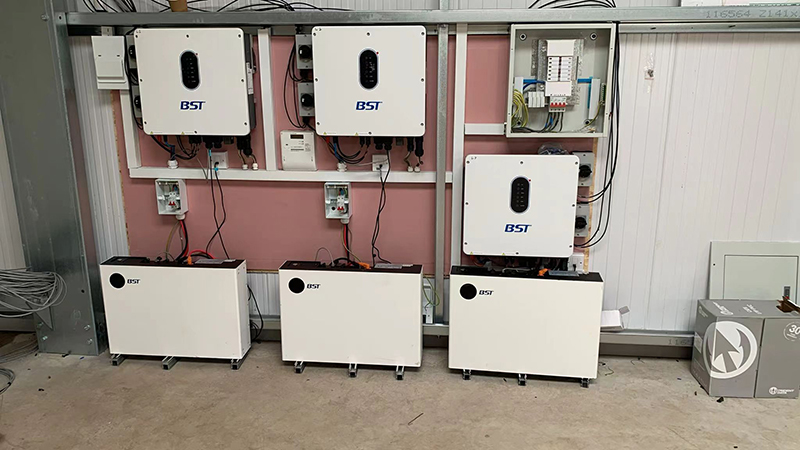
If you’re looking for a partner who understands both the technical demands of energy storage and the practical realities of your local climate, BST is ready to help you design the perfect solution for your customers.
Contact us today to explore our full range of home energy storage products and discuss how we can support your projects.

